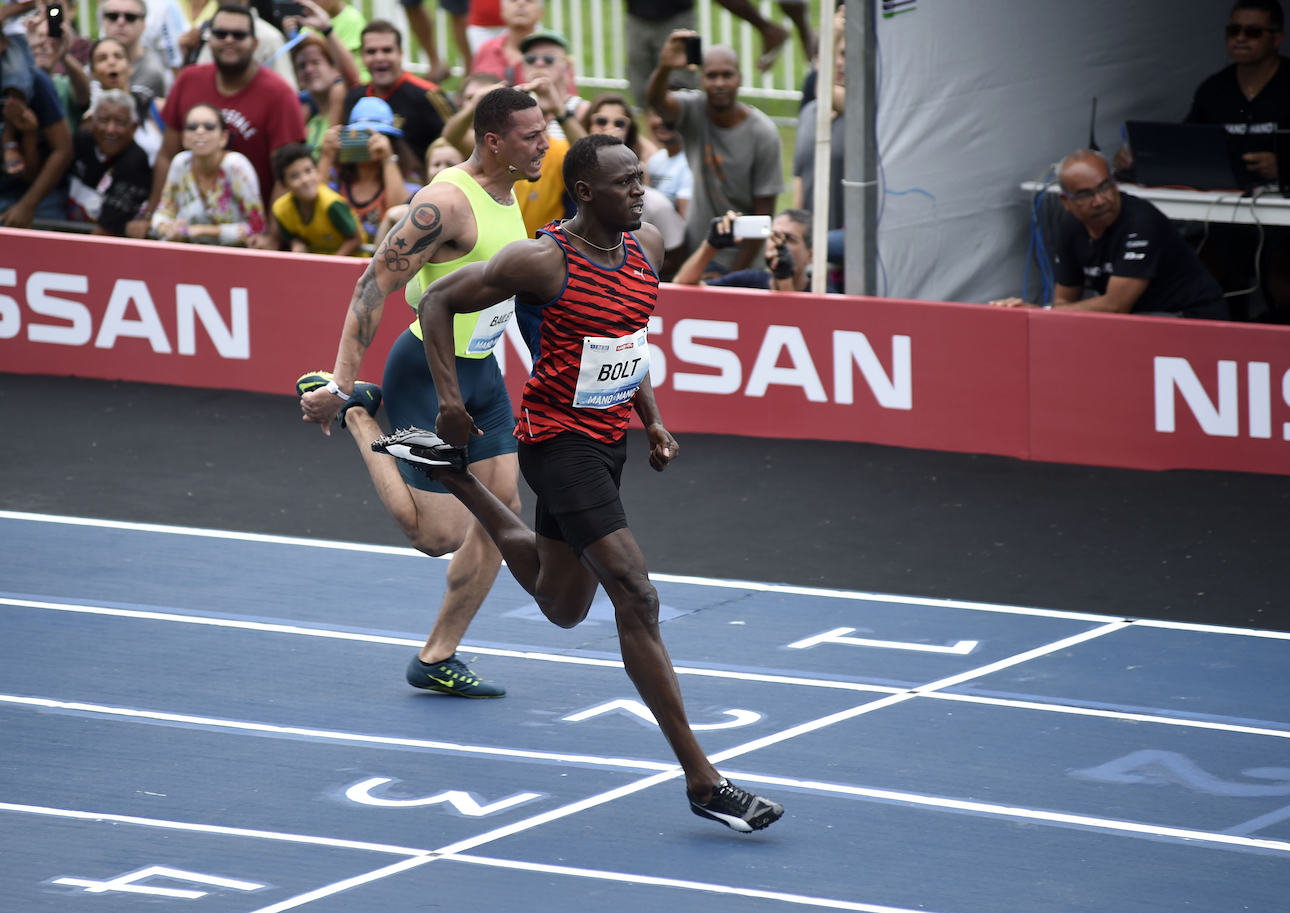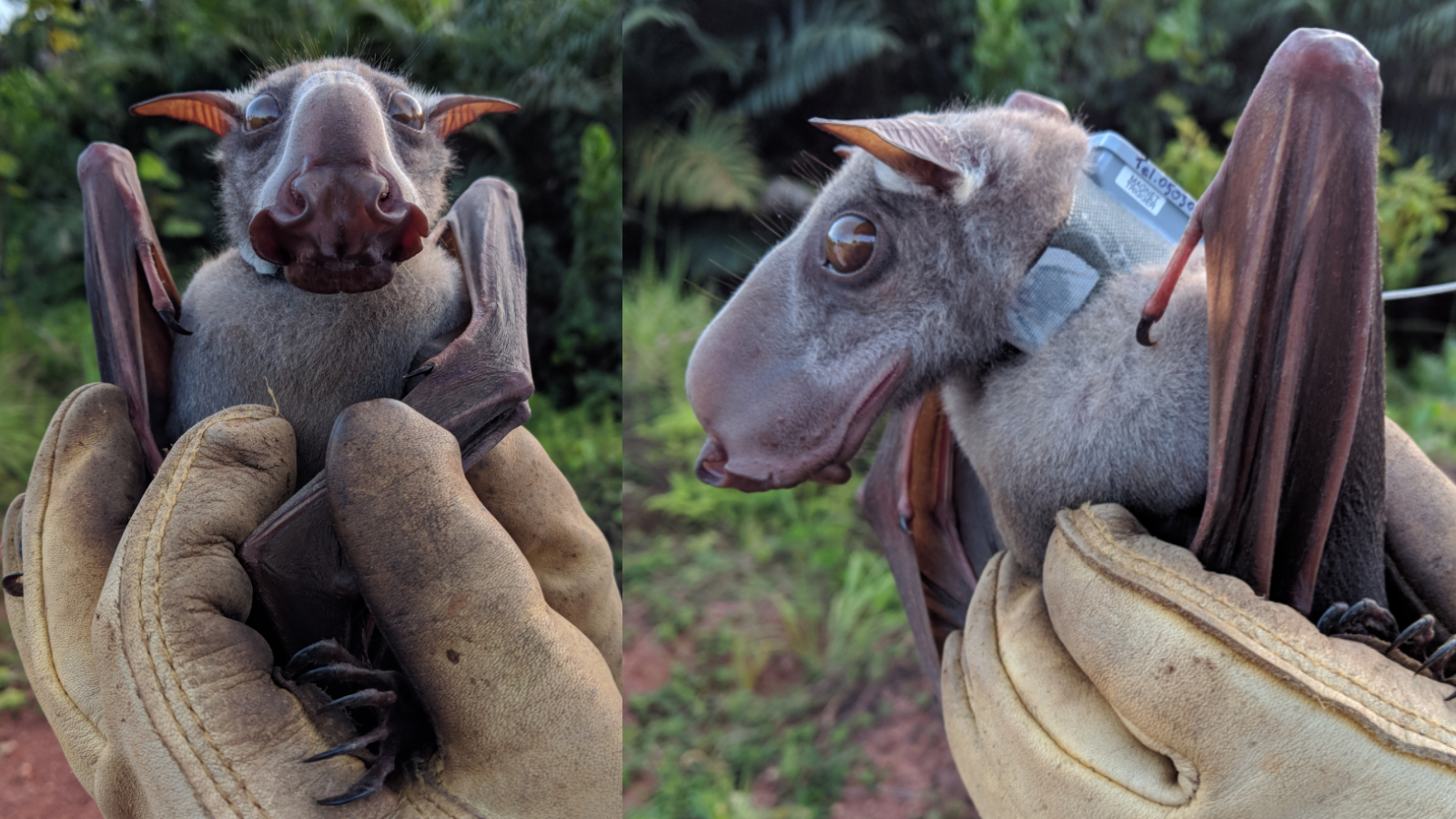Biomimetics, Vol. 8, Pages 518: Advancements in Composite Materials and Their Expanding Role in Biomedical Applications
Biomimetics doi: 10.3390/biomimetics8070518
Authors: Sivakamavalli Jeyachandran Hethesh Chellapandian Nemat Ali
The synthesis of a Ni-doped ZnO nanocomposite incorporating chitosan (CS/Ni-doped ZnO) was achieved via a precipitation method, followed by annealing at 250 °C. This study comprehensively examined the nanocomposite’s structural, functional, morphological, and porosity properties using various analytical techniques, including X-ray diffraction (XRD), Fourier transform infrared spectroscopy (FTIR), high-resolution scanning electron microscopy (HR-SEM), transmission electron microscopy (TEM), and Brunauer–Emmett–Teller (BET) analysis. The presence of chitosan (CS) and nickel (Ni) within the nanocomposite, along with their influence on reducing the band gap of ZnO particles and enhancing the generation of electron-hole pairs, was confirmed using UV-visible near-infrared spectroscopy (UV-vis-NIR). The electrochemical properties of the CS/Ni-doped ZnO nanocomposite were investigated via electrochemical impedance spectroscopy (EIS) and cyclic voltammetry (CV) by utilizing a phosphate buffer solution with a pH of 6, which closely resembled the typical pH of bacterial cell walls. Finally, the prepared CS/Ni-doped ZnO nanocomposite was evaluated for its antibacterial and anticancer activities. The results demonstrated the highest inhibition of bacterial growth in P. vulgaris, whereas the lowest inhibition was found in S. aureus across various concentrations, thus highlighting its potential in antimicrobial applications. The cytotoxicity of CS/Ni-doped ZnO nanocomposites demonstrated remarkable effects with a half-maximum inhibitory concentration of approximately 80 ± 0.23 µg mL−1 against MCF-7 breast cancer cell lines, following a dose-dependent manner.

 6 months ago
20
6 months ago
20


